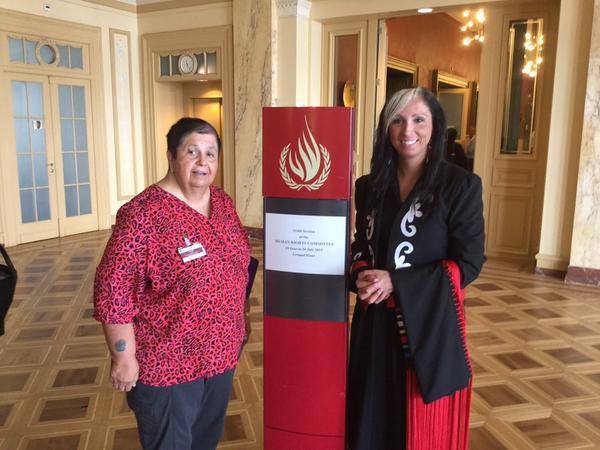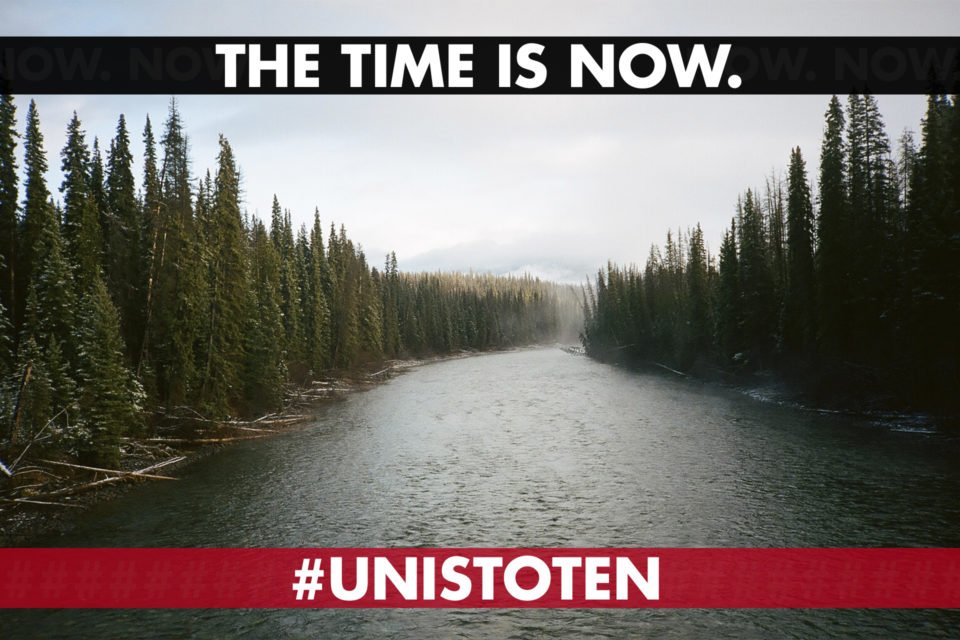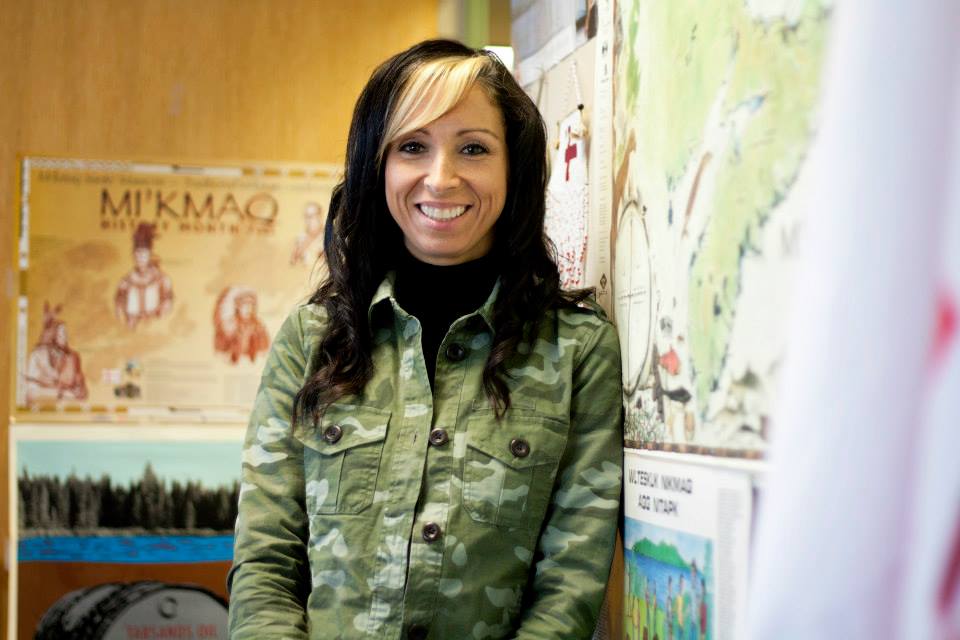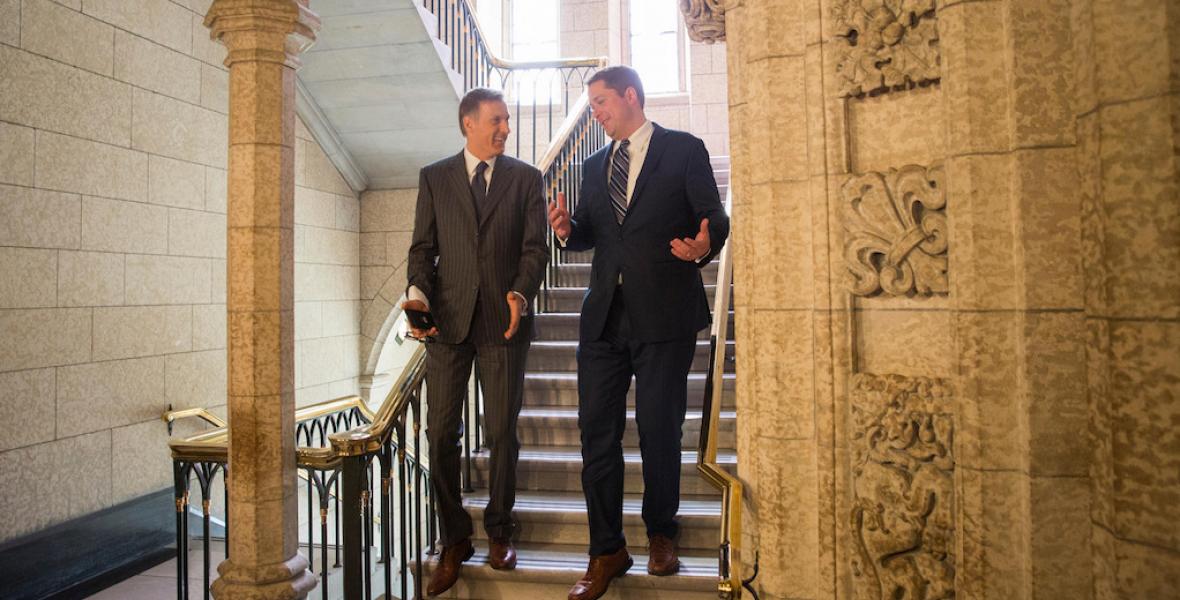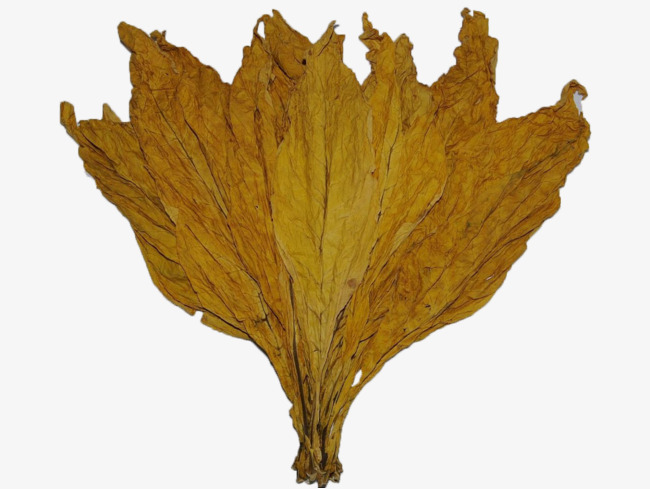(Picture of Sharon McIvor and I at the United Nations in Geneva) Sharon McIvor has won yet another landmark legal victory for First Nations women – this time at the United Nations Human Rights Committee (UNHRC). On January 14, 2019, the UNHRC released their decision which found that Canada still discriminates against “Indian” women and…
Continue reading…about What You Need to Know About Sharon McIvor’s Major UN Victory on Indian Status
